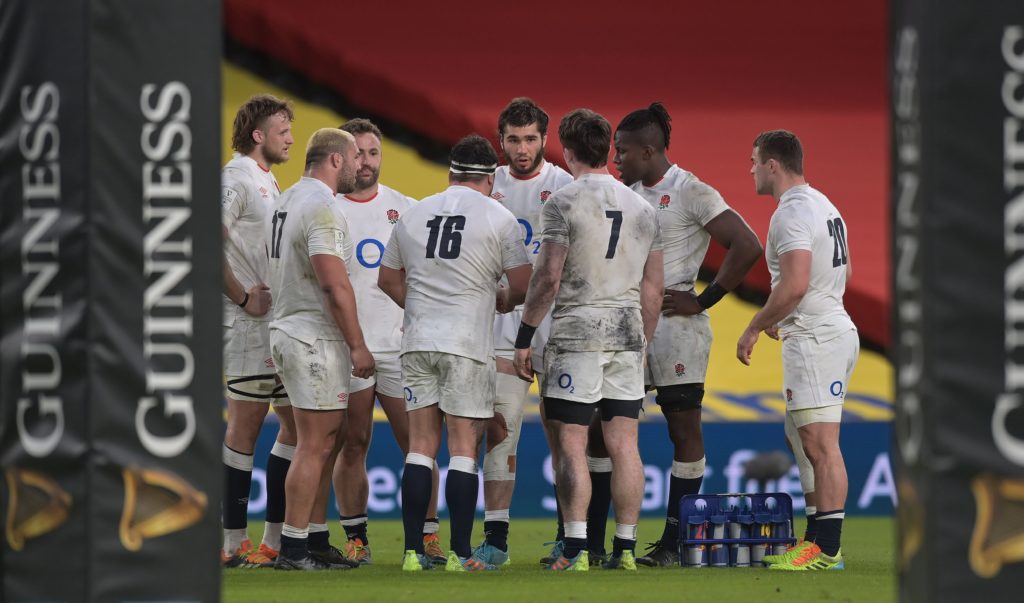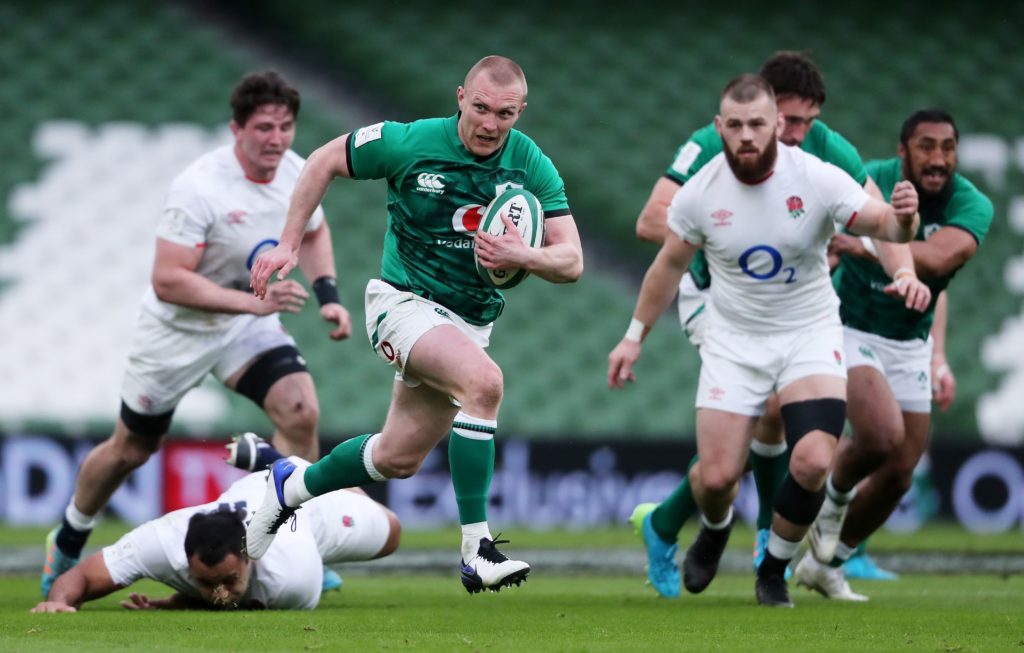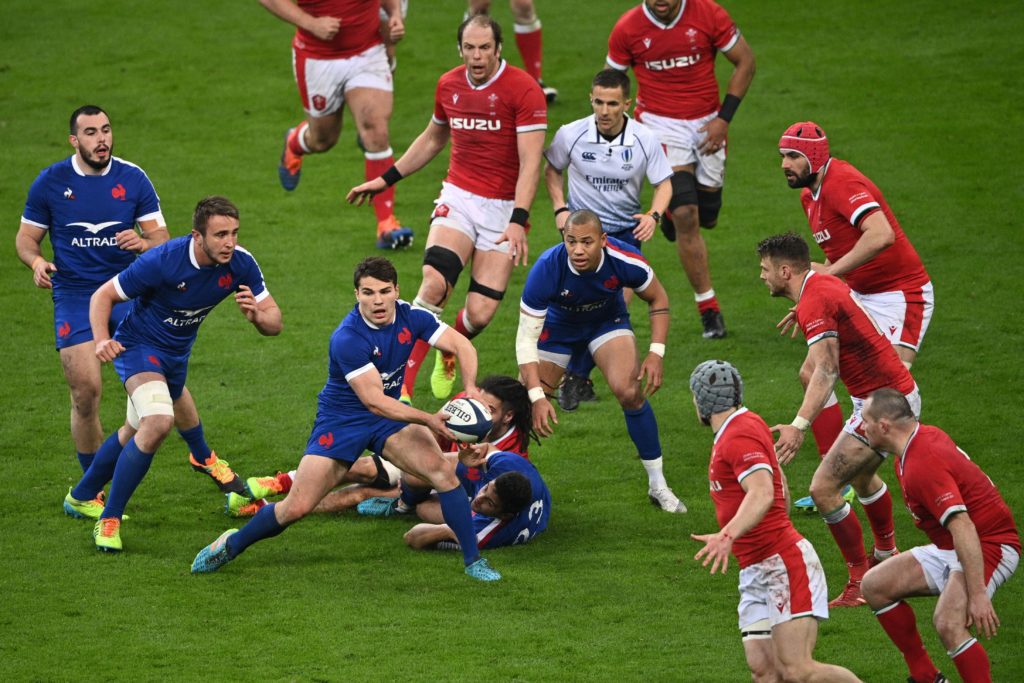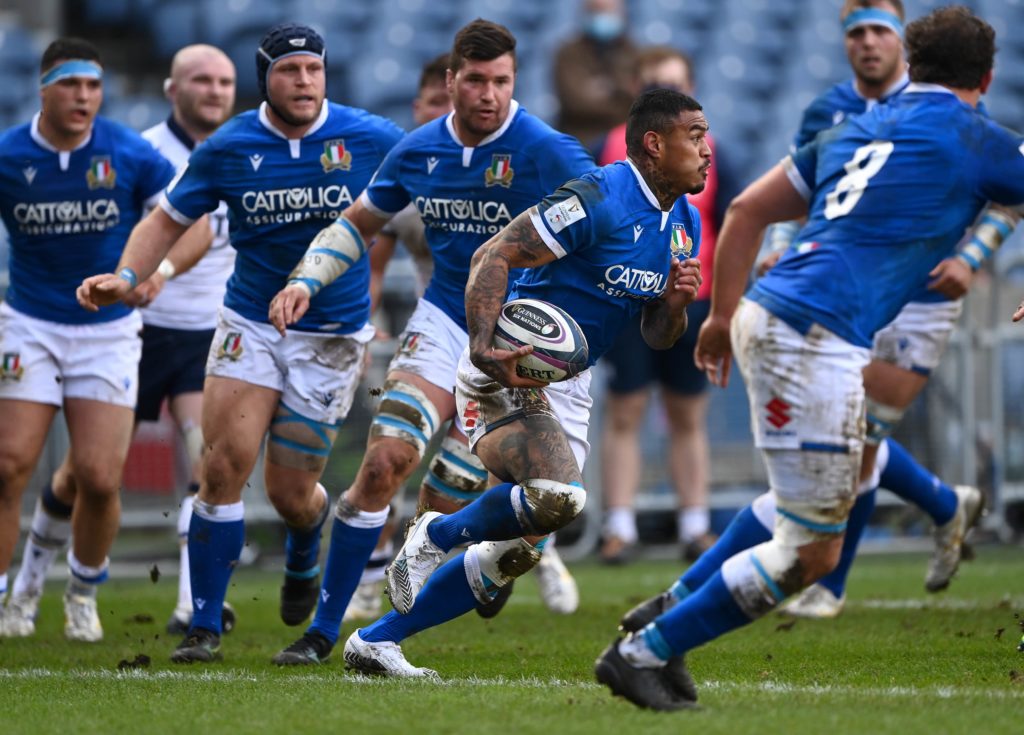With just the rescheduled France v Scotland game to wrap-up a feast of scintillating rugby, the Six Nations has again reminded us why it is the finest rugby tournament in world rugby. With some mesmerising tries, contentious sendings-off and Lions places on the line, there has been a noticeable step up in quality from the dire fare on show during the Nations Cup, and rugby’s decision-makers should once again be reminded that it would be foolhardy to put such a spectacle behind a paywall and lose millions of fans for the benefit of extra funds into the game. A compromise must be found.
Without further ado, here are some of the pointers that our writers from The XV picked out from a weekend of thrilling rugby.
Picking through the wreckage
The inquest into what has gone wrong with England is only just beginning, but the facts are stark. They have lost to Scotland, Wales and Ireland in the fabled tournament for the first time since 1976. In what has been anointed ‘The Triple Frown’, the reigning Six Nations and Nations Cup champions have had a worrying fall from grace in the tournament and this was rammed home by a rampant Ireland side spurred on by the retiring CJ Stander. Indeed, the sight of Billy Vunipola being stripped by Josh van der Flier, or Jonny May being turned inside-out by Keith Earls will haunt this England side for some time.
There were few positives. Tom Curry maintained his form as England’s brightest player, while Elliot Daly showed glimpses of his best form but it was a performance lacking in leadership, cohesion or direction. One that ended with Dan Robson playing at fly-half. Bundee Aki’s sending-off gave England the chance to add a sheen of respectability to the scoreline but it was clear to everyone watching that they were palpably the inferior side.

There should be a root-and-branch inquisition into why a Saracens contingent, clearly short on game-time, were selected and why a raft of in-form Premiership players, such as Sam Simmonds, Ben Spencer and Alex Dombrandt, were largely ignored, while gifted squad members Paolo Odogwu, Harry Randall and Ollie Lawrence were so woefully under-utilised. Eddie Jones has been a hugely successful coach for England in his 64 matches in charge but if the RFU decide he doesn’t have the motivational tools to inspire a nation with such enviable pools of talent in one of the world’s most competitive leagues, then serious questions must be asked.
Jones will not look for easy excuses but, in their absences, Sam Underhill and Manu Tuilagi’s reputations have been seriously enhanced. The frustration for England’s players is that their torpor could affect their Lions chances and this will further tensions as they drift back to their clubs. It does not appear, from the outside at least, a happy camp.
Ireland finally find green shoots
If you’d asked the experts how Ireland were going to fare against England prior to the game, you’d have likely received a dismissive answer. It’s fair to say that Andy Farrell had had a tepid welcome from fans and media alike since taking the reins from Joe Schmidt but this thumping win will go some way to appeasing his critics and gives him a platform with which to work from.
Indeed, a trio of wins against Italy, Scotland and England on Saturday was a better return than many expected after narrow losses to Wales and France. A clutch of players have emerged in credit from the campaign, with Tadhg Beirne and Robbie Henshaw showing Lions form and the majestic Tadhg Furlong returning strongly after a long-term injury.
There were also encouraging cameos from Conor Murray and Johnny Sexton, which suggested rumours of their demise are greatly exaggerated. Hugo Keenan was one of the newer brood to rule the skies with some balletic takes. There was further encouragement that a listless backline was coming to life after the first-phase gem of a try from Keith Earls, and the 23 phases of brutal, controlled brilliance that resulted in Jack Conan crashing over.
These tries have given Mike Catt some much-needed kudos and will add to the feeling that the Andy Farrell era is up and running. One person they cannot build any future heroics around is Stander, who gives so much emotional energy to the squad. In truth, his Ireland team-mates couldn’t have given him a better send-off. With the likes of Ryan Baird, Caelan Doris and Craig Casey primed to step up, after a few wobbles, there are finally grounds for optimism in green.

France rain on Wales’ parade
If you could muster up the most painful way to lose the chance of a 13th Grand Slam, then surely Wales found it as Brice Dulin skipped over in the 82nd minute to send Les Bleus into dreamland and the Welsh nation into a spiral of woe.
It had been a game for the ages, the perfect advertisement for the Six Nations, with seven tries, three yellow cards, one red card and two disallowed tries that kept Wayne Barnes in constant dialogue with Luke Pearce, who refereed the game quite beautifully.

Wales had been the better of the sides for 60 minutes, with their game plan of using their big ball-carriers, George North, Jonathan Davies, Taulupe Faletau and Louis Rees-Zammit to consistently power over the gainline too much for a passive French defence. But, as the game wore on, despite Wales building a 10-point lead (with a decisive try for Rees-Zammit disallowed), France crept back into the game. Charles Ollivon powered over after 75 minutes to bring the score back to 30-27 and, with Wales down to 13 men after transgressions by Taulupe Faletau and Liam Williams, France seized their chance in the frenetic closing minutes through Dulin’s try. It was so cruel for Wales, who had confounded their doubters for the entire tournament and will now have to wait for Friday’s rearranged game between France and Scotland to see if they will lift the Six Nations trophy.
Whatever transpires, they have brought renewed respect after a chastening 2020 and, with 20 tries scored, they can look to a positive future.
Huw is the man for Paris?
It is hard to draw many conclusions from a win over Italy, even a win yielding eight tries and more than a half-century of points. The Italians are a ramshackle operation right now.
Scotland, though, were good. They took the opportunity to carve up the Azzurri, get the ball into the hands of Duhan van der Merwe and Huw Jones and watch the line breaks materialise. This game was tailor-made for those two.
Jones looks like his old self again at outside-centre, if indeed that player had ever left. He fell gravely out of favour with Dave Rennie and Gregor Townsend, suffered injury and, through necessity, spent much of the past season at full-back for Danny Wilson’s Glasgow. He did not suddenly become poor.

Chris Harris has had Scotland’s No13 jersey nailed down for a while now, his defensive intelligence and ballast, his jackal threat and leadership perfect for how Townsend needed to stem the bleeding of easy tries.
Jones and Harris are very different types. Jones is not a weak defender, but nor is he as good as Harris. The Gloucester man is not a poor attacker, but nor is he as devastating as Jones on the gallop. Whomever Townsend picks in Paris will be opposite Virimi Vakatawa and a backline of outrageous threats. But if Scotland are to do anything of note in the Stade de France, they will have to score tries. Townsend has a fascinating call to make.
The whole Hogg
You suspect the Stuart Hogg-to-fly-half trial has now run its course. It was absolutely worth Scotland shifting their captain from full-back to the pivot role, given he will often be asked to cover there late in games, and having that flexibility allows Townsend to do without a recognised stand-off on the bench.
Hogg, understandably, looked like a full-back playing 10 on Saturday. He stood relatively deep and shovelled a lot of ball outside him without fixing defenders. Maybe it looked starker because we are used to seeing Finn Russell patrolling the gain line with an almost kamikaze abandon before slipping a team-mate through a hole. Hogg did not play poorly but at times it all looked a bit awkward.
What a fly-half needs, more than almost any position, is time in the saddle. Hogg, for all of his brilliance, has scarcely played there in the professional game and had never started a Test at 10. He is one of world’s best full-backs and Townsend will keep him there. With Adam Hastings available again, he and Russell should be the premier fly-halves.
Forza Azzurri
Italy are going nowhere – and I’m not talking about matters on the field here. The Italian seat at the Six Nations table was emphatically secured by CVC’s recent investment. So let us dispense with the annual ‘kick them out’ refrain. It isn’t happening. It cannot happen.
That does not absolve Italy from another truly heinous campaign. For a side to go six years and 32 games without victory is pathetic, humiliating, and an affront to the credibility of rugby’s greatest championship. They conceded more points and finished with a poorer points difference than ever before. Twenty-one years after the Five Nations became Six, Italy are worse on paper now than they were in 2000.
So, the following statement is liable to have readers frantically checking my scalp for a lobotomy scar, but I really do believe this batch of Italians has what it takes to break the drought.

They have a clutch of dynamic young forwards – Danilo Fischetti and Niccolo Cannone are particularly exciting – and, for the first time in an age, a set of half-backs with tantalising potential. It is worth remembering that Stephen Varney and Paolo Garbisi have a combined age of 39. They can grow and flourish and steer Italy to new heights. Monty Ioane has added finishing brilliance. Marco Zanon is a specimen at centre. Federico Mori and Jacopo Trulla are callow but dangerous runners. Their Under-20s have been pulling up trees.
There are of course several massive, glaring issues to resolve. Defence is, clearly, a total mess. Italy look shorn of any structure and shape once a handful of phases have passed. This does not reflect well on their coaching. Franco Smith has them playing some lovely rugby, but perhaps a little more pragmatism would be wiser than all-out chaos. The scrum has haemorrhaged penalties and their lineout has scarcely stolen an opposition ball this championship. They do not have anything like the depth to go without the heavy hitters that were absent in 2021 – Jake Polledri, Braam Steyn and Matteo Minozzi.
There is a lot to address; a list of problems as long as the Tiber to fix. But at last, Italy have a burgeoning crop who can win back their credibility.
If you’ve enjoyed this article, please share it with friends or on social media. We rely solely on new subscribers to fund high-quality journalism and appreciate you sharing this so we can continue to grow, produce more quality content and support our writers.


Comments
Join free and tell us what you really think!
Sign up for free